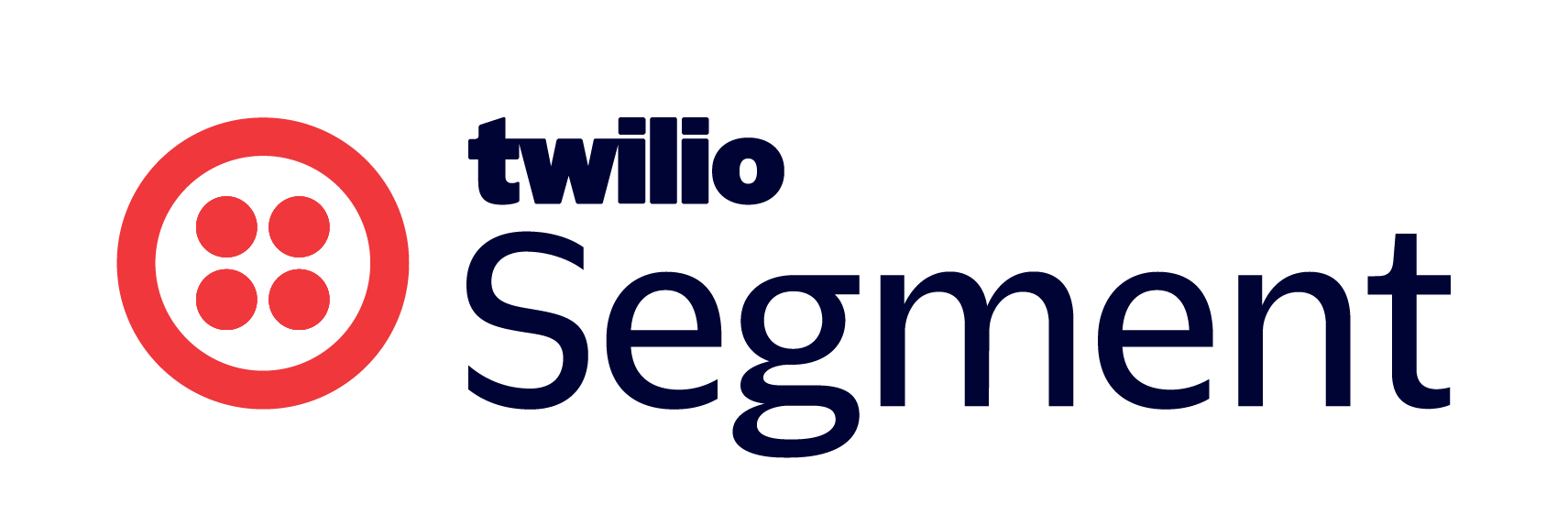Q1: What are the main benefits of using Data Warehouses with Segment?
A1: Data Warehouses with Segment offer several key benefits, including the ability to store and analyze large volumes of customer data efficiently, optimized performance and cost, and easy querying across the customer journey. For more details, please refer to our Data Warehouses documentation.
Q2: How do I set up a Data Warehouse with Segment?
A2: Setting up a Data Warehouse with Segment involves selecting your preferred cloud data warehouse provider, configuring the connection in your Segment workspace, and customizing your data sync settings. For a step-by-step guide, visit our setup instructions.
Q3: Can you explain Reverse ETL and its importance?
A3: Reverse ETL allows you to operationalize your warehouse data by syncing it back to your operational systems and tools. This is crucial for ensuring that your customer engagement tools are powered by the most up-to-date and comprehensive data. For more on Reverse ETL, check out this overview & our Reverse ETL documentation
Q4: How do I integrate AWS or Azure Data Lakes with Segment?
A4: To integrate AWS or Azure Data Lakes with Segment, you'll need to configure your Data Lake as a destination in your Segment workspace. This process involves specifying your Data Lake details and setting up the necessary permissions. For a detailed walkthrough, please see our Data Lakes setup guide.
Q5: What are some common issues with setting up and syncing Data Lakes and how can I resolve them?
A5: Common issues include permission errors, incorrect configuration settings, and sync delays. To troubleshoot these, ensure your permissions are correctly set, double-check your configuration settings, and review your sync schedule. For more troubleshooting tips, visit our support page.
Q6: How can I optimize query performance in my Data Lake or Warehouse?
A6: Optimizing query performance involves structuring your data efficiently, leveraging indexing, and managing your sync frequencies to balance freshness with performance. For optimization best practices, refer to our performance optimization guide.
Q6: What are the main advantages of using a data lake compared to a data warehouse?
A6: Data lakes are ideal for storing vast amounts of raw, unstructured data, offering high flexibility and scalability. They're particularly useful for big data analytics and machine learning projects where you need to process and analyze data in its native format. Data warehouses, on the other hand, are optimized for structured data and are best suited for traditional business intelligence and reporting with structured, processed data. For a deeper dive, visit our Data Lakes vs. Data Warehouses guide.
Q7: Can I use both a data lake and a data warehouse with Segment?
A7: Yes, Segment supports integration with both data lakes and data warehouses, allowing you to leverage the strengths of each for different use cases within your organization. You can configure mappings between the two to manage the differences and ensure a seamless data flow. For setup instructions, refer to our integration guides for AWS & Azure Data Lakes and cloud data warehouses.
Q8: How do I troubleshoot common sync issues with cloud sources?
A8: Common sync issues can often be resolved by checking authentication credentials, ensuring proper configuration settings, and verifying network connectivity. For Object Cloud Sources and Storage Destinations, Segment provides detailed logs and error messages to help diagnose and resolve issues. For more troubleshooting tips, visit our support page on sync issues.
Q9: What are the best practices for maintaining a Data Warehouse?
A9: Best practices include regularly monitoring your sync processes, optimizing your warehouse schema for query performance, managing data quality, and ensuring that your warehouse is properly secured. For more insights, check out the Warehouse Health dashboard which helps you understand trends in data volume (specifically, rows) synced to your data warehouse over time.
Q10: How can I optimize the sync frequency for my Data Warehouse or Data Lake?
A10: Optimizing sync frequency involves balancing data freshness with system performance and costs. For Data Warehouses, Segment allows custom sync schedules and selective sync options. For Data Lakes, Segment offers 12 syncs in a 24-hour period. To customize your sync settings, visit our documentation on sync frequency.
Q11: How do I deal with duplicates in my Data Warehouse or Data Lake?
A11: To manage duplicates, ensure that your data ingestion processes include checks for existing records before inserting new ones. Additionally, consider implementing deduplication tools or services that can help identify and merge duplicate records. For more strategies, explore our article on Data Duplication.
